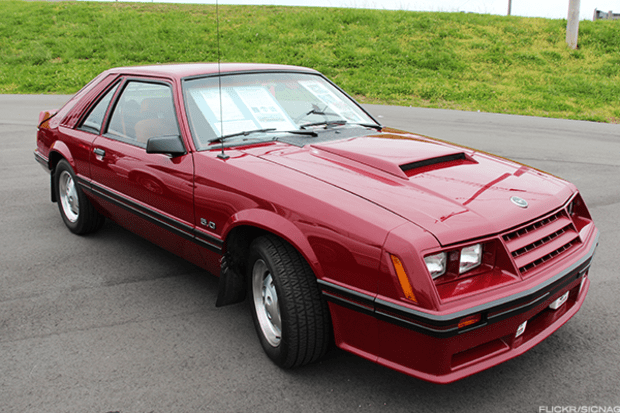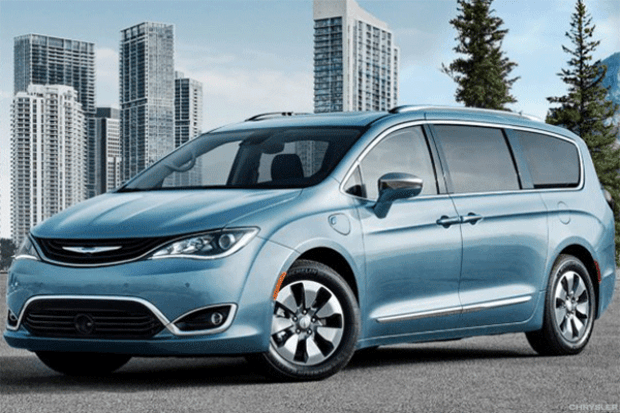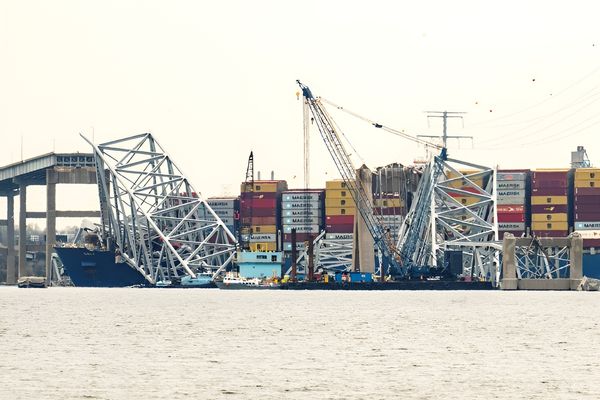The average consumer currently looking to purchase a vehicle should not believe their eyes. Finding an affordable new vehicle almost turns into a treasure hunt or a nightmare.
And it's not like the used car market that's going to help.
"A used car that is one, two, three years old is selling for 96% of the original sticker price for that car," told TheStreet Pat Ryan, CEO & founder of CoPilot, which tracks prices at car dealerships nationwide. "It's 96% of what they cost when they were new if I focused just on 2019, which are the cars that are coming off lease."
There's a real shortage of less expensive cars, he added.
"To put that in perspective, normally in a normal year, about 21-22% of new cars are priced below $25,000. Today, only 3.5% of new cars are priced below $25,000."
"The average American, the normal working person, can't afford to buy a new car because the prices are just very high; there's a shortage of inexpensive vehicles available," Ryan repeated.

Stock of Cheap Cars Is Meager
While researching Carvana (CVNA) (an online marketplace for used cars), TheStreet observed that the number of used cars available under $25,000 was meager.
The inventory decreases further when looking for vehicles less than 10 years old, which usually represent the majority of the market below $25,000.
"If someone needs to buy a car [under] $25,000 there's just not a lot for sale unless you want to buy a much older car," Ryan said. "What's happening is cars that are older than seven years old, so like 2014 and older, those prices have been going up 10 of the last 12 weeks."
In the newer car market — the one- to three-year old used cars — there's a standoff: dealers are not lowering prices, and consumers are slow to buy, he said.
"Automakers are still grappling with ongoing disruptions to supply chains and production created by the chip shortage and Covid-19; on top of that, they’re likely facing new challenges as a result of the invasion of Ukraine," warned Jessica Caldwell, Edmunds’ executive director of insights.
This combination of headwinds could mean that these inventory issues will persist well into the rest of the year," she said.
The situation is not about to get better.

Car Manufacturers Favor Expensive Vehicles
GM (GM), Ford (F) and Stellantis (STLA) were forced to halt production at some sites due to chip shortages. Faced with this crisis, carmakers are giving priority to more expensive vehicles that have lucrative operating margins like pickups.
In the last week of March, Ford and General Motors said they would halt production starting this week at a Michigan plant due to parts shortages, the two companies said separately.
GM would cancel production at Lansing Grand River assembly, where it builds the Cadillac CT4, Chevy Camaro et Cadillac CT5. Ford would halt production at Flat Rock Assembly plant, home of the Mustang.
All vehicles regardless of fuel type are also selling at an accelerated pace compared to a year ago, which means that the demand is strong. Therefore, dealers and sellers do not see the point of lowering their prices.
In March 2022, the average days-to-turn (DTT) for electric vehicles dropped to 21 days, compared to 63 days in March 2021, according to Edmunds. 39% of all EVs sold within the first week of arriving on a dealer lot in March 2022 compared to 24% a year ago.
Hybrid vehicles dropped to 15 days, compared to 48 days in March 2021. 54% of all hybrid vehicles sold within the first week of arriving on a dealer lot in March 2022 compared to 27% a year ago.
Gas-powered vehicles dropped to 20 days, compared to 62 days in March 2021. 43% of all gas-powered vehicles sold within the first week of arriving on a dealer lot in March 2022 compared to 20% a year ago.
Diesel vehicles dropped to 23 days, compared to 36 days in March 2021. 39% of all diesel vehicles sold within the first week of arriving on a dealer lot in March 2022 compared to 26% a year ago.
"Dealers are saying well, 'I'm not gonna drop prices on my near new cars because I don't have any new cars to sell anyway'. That's the standoff in that market. Older cars are continuing to go up in price prices continue their upward trend because there's just not enough cars available to people," Ryan said.







